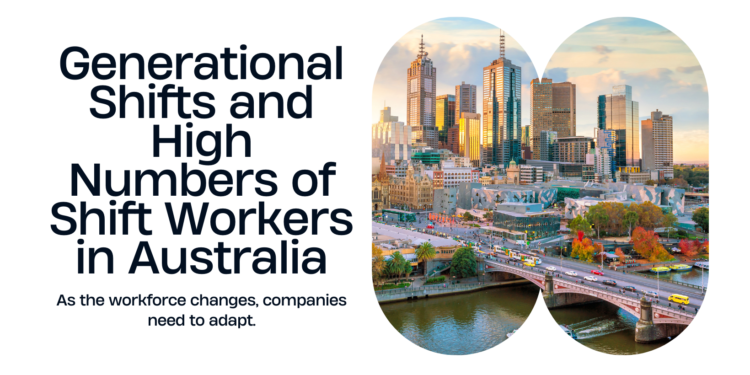Australia’s labor market has seen a significant shift in 2023, with an unprecedented increase in shift workers holding multiple jobs, marking a 25-year high. Concurrently, Gen Zs are becoming predominant in hospitality and retail sectors, indicating a noticeable demographic and work pattern transformation.
Key Insights:
- Shift Workers Multi-Jobbing: The rise in shift workers juggling multiple jobs reflects the changing dynamics of the Australian labor market. This trend underscores the evolving nature of employment, driven by economic factors, changing job markets, and the need for flexible work arrangements.
- Gen Zs Taking Over: Gen Z’s growing presence in the hospitality and retail sectors highlights their increasing role in shaping these industries. Their different work expectations and behaviours influence work cultures and operational strategies.
- Casual Employment Trends: Indicators of casual employment, such as no paid leave entitlements and variable pay, have shown slight fluctuations over the years. Notably, there’s been a slight increase in workers who do not usually work the same hours each week and those not guaranteed minimum hours, reflecting the casual nature of many modern work arrangements.
- Working Arrangements: The landscape of working arrangements has also shifted, with a decrease in employees working flexible hours or regularly from home compared to previous years. This change points to a reevaluation of work-from-home policies post-pandemic and the ongoing adjustment to hybrid work models.
- Visa Changes to Retain Skilled Workers: Amendments to the Temporary Skill Shortage Visa (Subclass 482) are set to enhance pathways to permanent residency for skilled workers, particularly benefiting the hospitality industry. These changes aim to stabilize the skilled workforce and make Australia an attractive destination for global talent.












